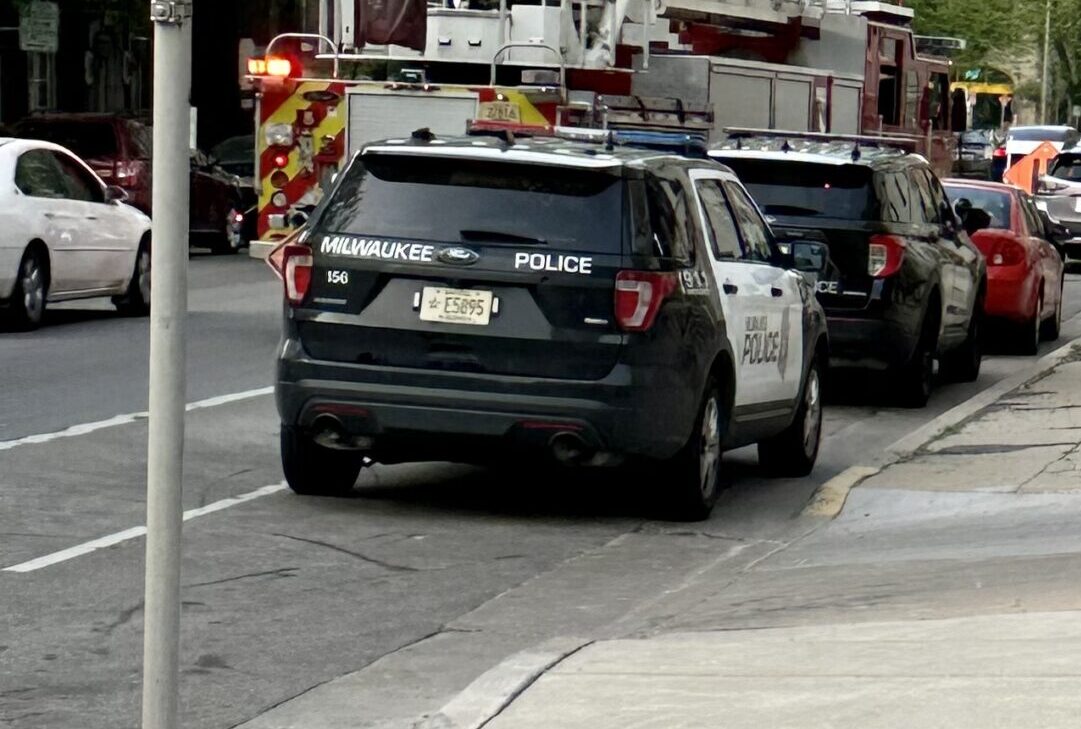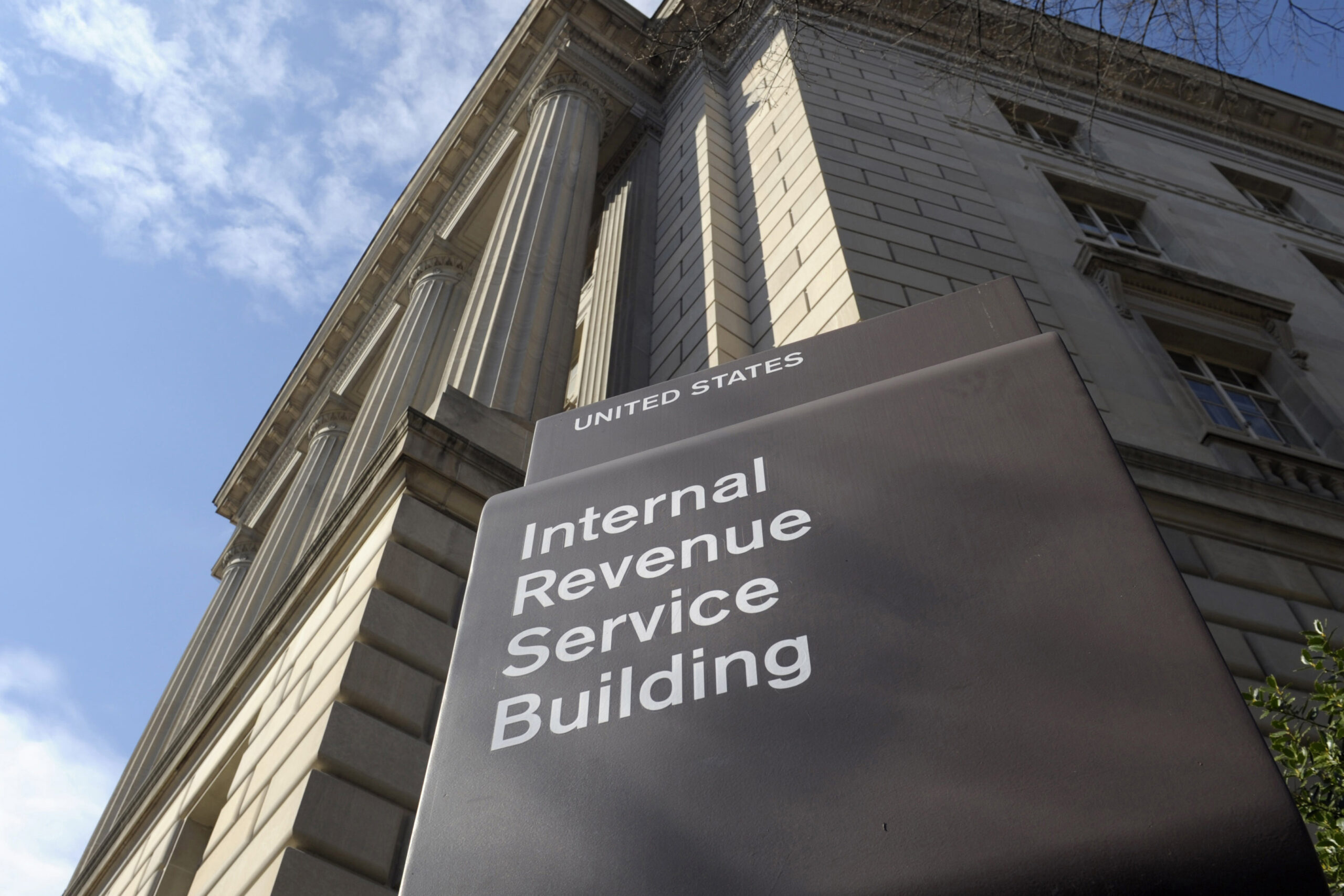Officers can answer suspect’s phone calls
By: dmc-admin//February 8, 2010//
A Feb. 3 opinion from the Wisconsin Supreme Court addressing the intersection of law and technology offers something for both prosecutors and defense attorneys.
The good news for defense attorneys — a police officer cannot search a cell phone without a warrant.
But the court also held that if an officer has probable cause, he may answer the phone if it rings. In addition, a mere photograph of a suspect smoking a blunt cigar was sufficient probable cause to get a warrant to search the phone.
Attorney General J.B. Van Hollen applauded the 5-2 decision.
“Law enforcement officers in the field must act swiftly in a variety of circumstances,” observed Van Hollen, “and today’s decision recognizes that an officer is entitled, under the exigent-circumstances doctrine, to answer a suspect’s cell-phone call to preserve possible evidence when the officer has independent reason to believe that the call may relate to illegal drug dealing.”
Jermichael James Carroll left a residence that was under police observation as part of an armed robbery investigation. He sped away in a car, but eventually exited the vehicle after being stopped by police.
The officers ordered him to drop an unknown object in his hand, which turned out to be a cell phone, and Carroll did so. Picking up the phone, the officer observed, in plain view, an image of Carroll smoking a blunt cigar (a cigar frequently hollowed out and stuffed with marijuana).
The officer then scrolled through the phone’s image gallery, and saw images of firearms, large quantities of illegal drugs, and large amounts of currency. While he was scrolling through the phone, it rang several times. On one occasion, the officer answered it, and the caller requested four and a half ounces of cocaine.
Two days later, a warrant was obtained for the phone, and a subsequent search revealed more incriminating information.
Based on photos stored in the phone, Carroll was charged with being a felon in possession of a firearm. He moved to suppress the evidence, and Milwaukee County Circuit Court Judge Charles F. Kahn granted the motion.
But the Court of Appeals reversed in a published opinion, 2008 WI App 161, 314 Wis.2d 690, 762 N.W.2d 404, and in an opinion by Judge N. Patrick Crooks, the Supreme Court affirmed the Court of Appeals.
The court first held that the officer was justified in seizing the phone.
Accepting the officer’s assertion that drug traffickers frequently personalize their cell phones with drug images, the court concluded that the image of Carroll smoking a blunt cigar provided probable cause that the phone contained evidence of illegal drug activity.
The court also found that exigent circumstances required that the phone be retained by the officer, because if it were returned to Carroll he could delete any incriminating data.
But the court then held that the officer acted unlawfully in browsing though the phone’s image gallery without a warrant.
The court concluded that exigent circumstances did not justify the search because a warrant could have been obtained and no data was in danger of disappearing in the interim.
Finally, the court ruled the officer acted lawfully in answering the incoming phone call.
The court cited with approval a federal court case holding that an officer can answer incoming calls if the calls arrive in a period when it is impracticable for the officer to obtain a warrant first.
“The fleeting nature of a phone call is apparent; if it is not picked up, the opportunity to gather evidence is likely to be lost, as there is no guarantee – or likelihood – that the caller would leave a voice mail or otherwise preserve the evidence.”
Faced with both legal and illegal actions by the officer, the court concluded that the evidence on the phone should not have been excluded, pursuant to the independent source doctrine.
The combination of the cigar blunt image, plus the lawfully accepted phone call (during which the caller sought to purchase cocaine), provided ample independent grounds to apply for a search warrant that would have enabled the officers to search the entire phone’s data, even if the officer had not illegally browsed the phone’s image gallery.
Accordingly, the court affirmed the Court of Appeals’ reversal.
Dissent opinions
Both Chief Justice Shirley S. Abrahamson and Justice David T. Prosser wrote dissents.
Abrahamson asserted that the case should be remanded to the trial court to determine if the information obtained after the warrant was “genuinely independent” from the earlier unlawful search of the image gallery.
She wrote, “This court should not support a ‘“search first, warrant later” mentality,’ and should not fabricate a ‘post hoc justification for using information that had already been illegally obtained.’”
Prosser dissented because he did not believe that the photograph of Carroll smoking a blunt cigar provided probable cause that he was a drug trafficker. Absent probable cause, he concluded the officer had no authority to answer the phone or search the phone’s image gallery, and the only lawful evidence to support a warrant application was the blunt cigar photo the officer saw in plain view.
Since that alone would be insufficient to get a search warrant for the phone, Prosser maintained that all the evidence obtained from the phone was properly suppressed by the circuit court.
“The Internet features many pictures of marijuana that people can employ as ‘wallpaper’ on their cell phone display screens,” Prosser noted. “After this decision, will an impersonal picture of illegal drugs on a cell phone provide probable cause for a search of the phone without a warrant?”
Legal News
- Waukesha man sentenced to 30 years for Sex Trafficking
- 12-year-old shot in Milwaukee Wednesday with ‘serious injuries’
- Milwaukee man convicted of laundering proceeds of business email compromise fraud schemes
- Giuliani, Meadows among 18 indicted in Arizona fake electors case
- Some State Bar diversity participants walk away from program
- Wisconsin court issues arrest warrant ‘in error’ for Minocqua Brewing owner
- Iranian nationals charged cyber campaign targeting U.S. Companies
- Facing mostly white juries, are Milwaukee County defendants of color truly judged by their peers?
- Milwaukee Mayor speaks in D.C. Tuesday at White House water summit
- Chicago man sentenced to prison after being caught with ‘Trump Gun’
- FTC bans non-competes
- Gov. Evers seeks applicants for Dane County Circuit Court
WLJ People
- Power 30 Personal Injury Attorneys – Russell Nicolet
- Power 30 Personal Injury Attorneys – Benjamin Nicolet
- Power 30 Personal Injury Attorneys – Dustin T. Woehl
- Power 30 Personal Injury Attorneys – Katherine Metzger
- Power 30 Personal Injury Attorneys – Joseph Ryan
- Power 30 Personal Injury Attorneys – James M. Ryan
- Power 30 Personal Injury Attorneys – Dana Wachs
- Power 30 Personal Injury Attorneys – Mark L. Thomsen
- Power 30 Personal Injury Attorneys – Matthew Lein
- Power 30 Personal Injury Attorneys – Jeffrey A. Pitman
- Power 30 Personal Injury Attorneys – William Pemberton
- Power 30 Personal Injury Attorneys – Howard S. Sicula











